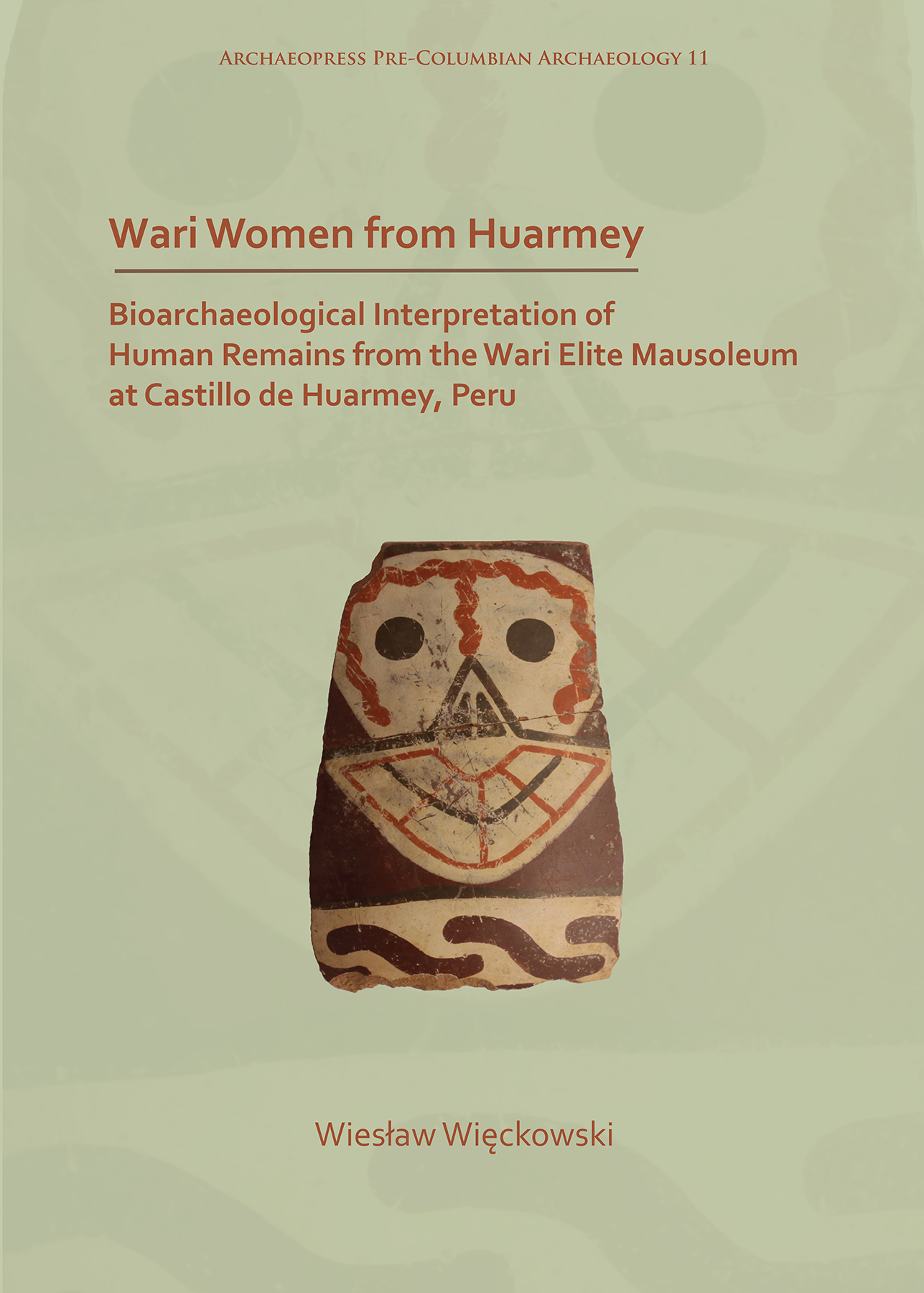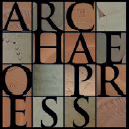
Publishing Scholarly Archaeology since 1997

Download Sample PDF
H 245 x W 175 mm
166 pages
56 figures (37 plates in colour)
Published Apr 2019
ISBN
Paperback: 9781789691849
Digital: 9781789691856
Keywords
Castillo de Huarmey; female high-elite; Wari; Grave goods; Peru
Archaeopress Pre-Columbian Archaeology 11
Wari Women from Huarmey
Bioarchaeological Interpretation of Human Remains from the Wari Elite Mausoleum at Castillo de Huarmey, Peru
By Wieslaw Wieckowski, Wiesław Więckowski
Paperback
£34.00
Includes PDF
PDF eBook
(personal use)
£16.00
PDF eBook
(institutional use)
£34.00
Excavations at the Castillo de Huarmey archaeological site brought to light the first intact burial of female high-elite members of the Wari culture. This book presents the results of bioarchaeological analyses performed to date, and focuses on reconstructing the funeral rite and social status of the deceased.
Contents
List of figures; Acknowledgments; Chapter 1 - The Site and the Excavations; Chapter 2 - A brief introduction to Wari; Chapter 3 - Archaeological Context; Chapter 4 - State of Preservation and Taphonomic Issues; Chapter 5 - Results of Bioarchaeological Analyses and Their Interpretation; Chapter 6 - Funerary Rite Reconstruction (from the bioarchaeological point of view); Chapter 7 - Who were the women of Castillo?; Epilogue; Technical Notes; Bibliography

 Add to wishlist
Add to wishlist
